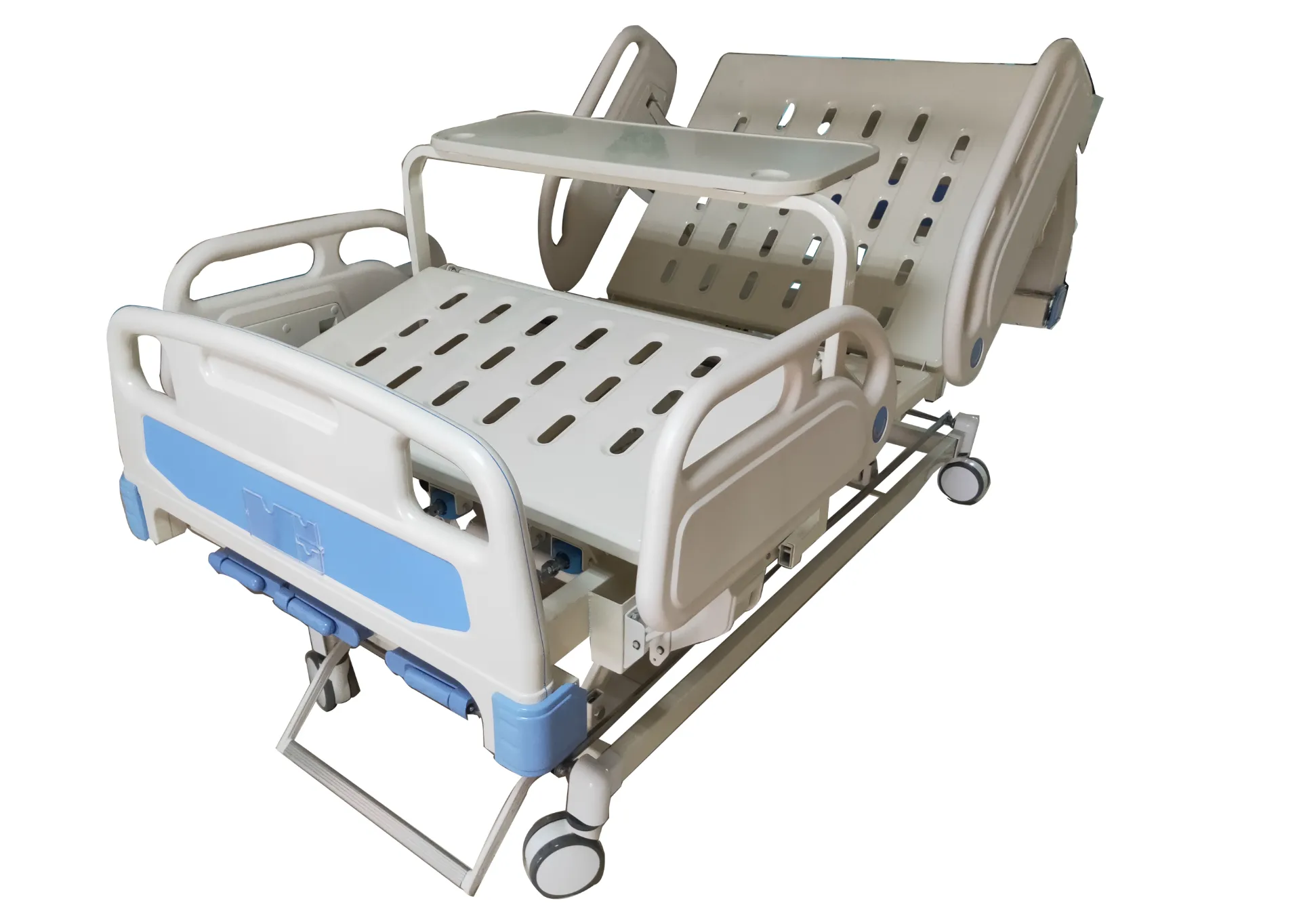Welcome to our websites!
Essential Components of Anesthesia Emergency Response Supplies and Equipment
The Anesthesia Crash Cart A Critical Component in Emergency Care
In the fast-paced environment of medical practice, particularly in surgical settings, the availability of emergency equipment is paramount. Among the essential tools in such scenarios is the anesthesia crash cart. This specialized cart is designed to provide immediate access to critical supplies and medications a healthcare team might need during an anesthesia-related emergency.
What is an Anesthesia Crash Cart?
An anesthesia crash cart is a mobile unit stocked with the necessary drugs, devices, and supplies needed for the management of emergencies that occur during anesthesia administration. These emergencies can range from allergic reactions to anesthetic agents to more severe complications like cardiac arrest or respiratory distress. The cart enables rapid response times, dramatically improving patient outcomes in critical situations.
Essential Components of the Anesthesia Crash Cart
A standard anesthesia crash cart typically includes the following components
1. Medications The cart is stocked with crucial medications, including but not limited to - Epinephrine for anaphylaxis and cardiac arrest - Atropine for bradycardia - Amiodarone for arrhythmias - Sodium bicarbonate for metabolic acidosis - Flumazenil as an antidote for benzodiazepine overdose - Naloxone to reverse opioid overdose
2. Airway Management Supplies Airway issues can rapidly become life-threatening. Thus, the crash cart contains - Endotracheal tubes of various sizes - Suction devices - Laryngoscopes for intubation - Bag-mask ventilation devices
3. Monitoring Equipment Continuous patient monitoring is essential during anesthesia. The crash cart should include - Portable cardiac monitors - Pulse oximeters - Blood pressure cuffs
anesthesia crash cart

4. Intravenous (IV) Supplies Establishing IV access is often necessary in emergencies. The crash cart should be equipped with - IV catheters - IV fluids - Injection syringes and needles
5. Defibrillator In the case of cardiac arrest, a defibrillator is crucial to restore normal heart rhythm. Advanced carts may have automated external defibrillators (AEDs).
6. Documentation Forms To ensure proper record-keeping, the cart should also contain forms for documenting emergency interventions.
Importance of Regular Maintenance and Drills
While the presence of an anesthesia crash cart is vital, its effectiveness is contingent on regular maintenance and comprehensive training of the healthcare team. Carts must be inspected frequently to ensure that all medications are in stock, within their expiration dates, and that supplies are in good condition. This preventive measure reduces the risk of encountering emergencies where critical supplies are missing.
Equally important is conducting regular emergency drills. These simulations enable the medical team to practice their response skills, familiarize themselves with the contents of the crash cart, and fine-tune their collaboration in high-pressure situations. The goal is to ensure that when an emergency strikes, the team can work seamlessly to provide the necessary care.
Conclusion
The anesthesia crash cart plays an indispensable role in safeguarding patient health during surgical procedures. By ensuring that life-saving drugs, equipment, and monitoring devices are easily accessible, medical professionals can respond swiftly to any crisis. However, the cart's existence alone is not enough; ongoing education and routine checks are essential to maintain its efficacy. As healthcare continues to evolve, the importance of well-equipped emergency response systems like the anesthesia crash cart remains a critical topic in patient safety and quality care efforts. Investing in these resources not only supports medical professionals but, most importantly, protects the lives of patients undergoing anesthesia.
-
Transforming Healthcare with Hospital FurnitureNewsJun.24,2025
-
Rehabilitation EquipmentNewsJun.24,2025
-
Mobility and Independence with WheelchairsNewsJun.24,2025
-
Freedom of Mobility with Our Rollator WalkersNewsJun.24,2025
-
Comfort and Independence with Commode ChairsNewsJun.24,2025
-
Bathing Safety and Independence with Shower ChairsNewsJun.24,2025
-
Navigating the Wholesale Landscape of Electric Mobility Solutions: Key Considerations for Power Wheelchair DealersNewsJun.10,2025











